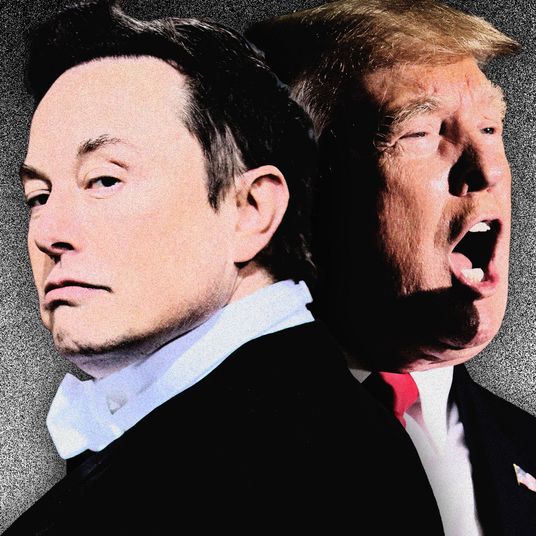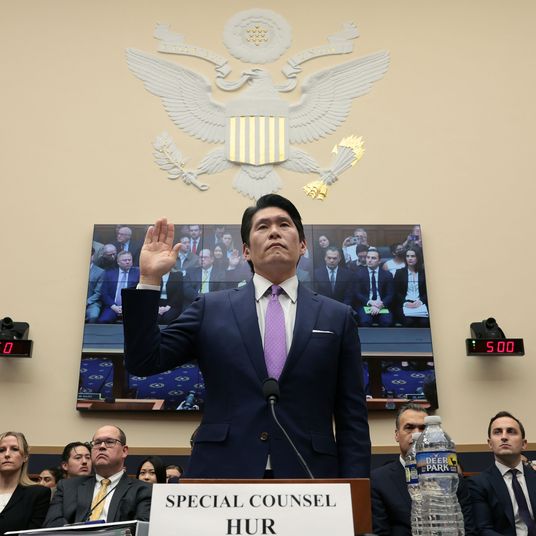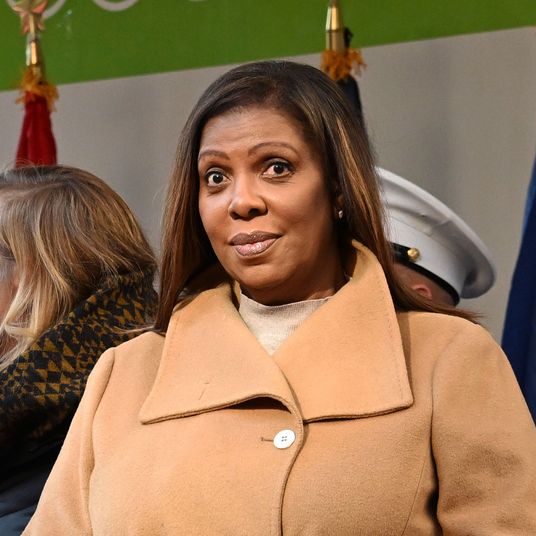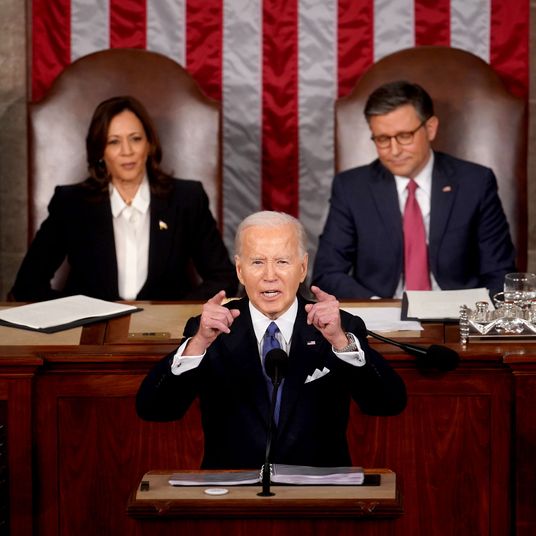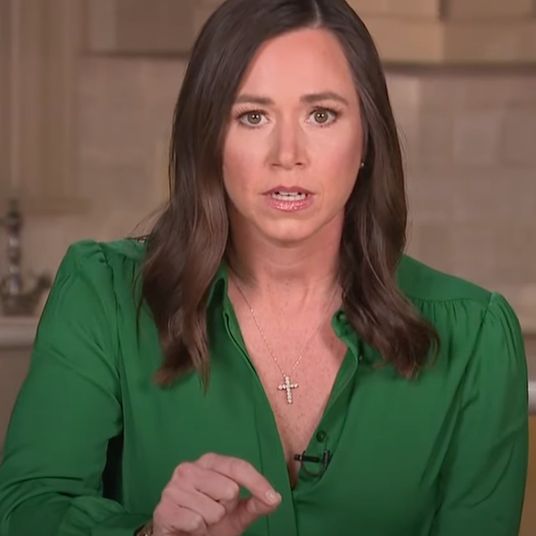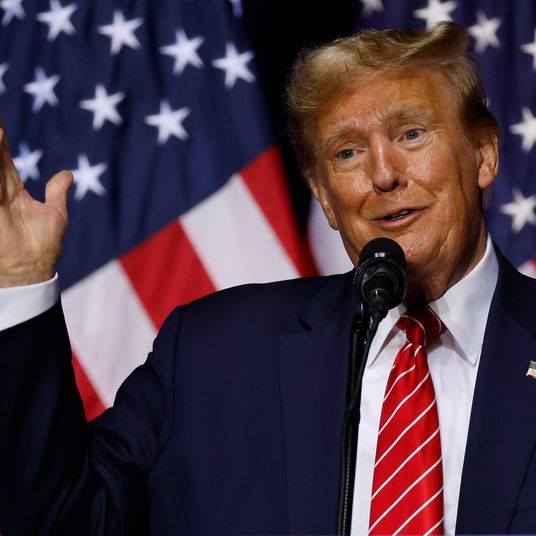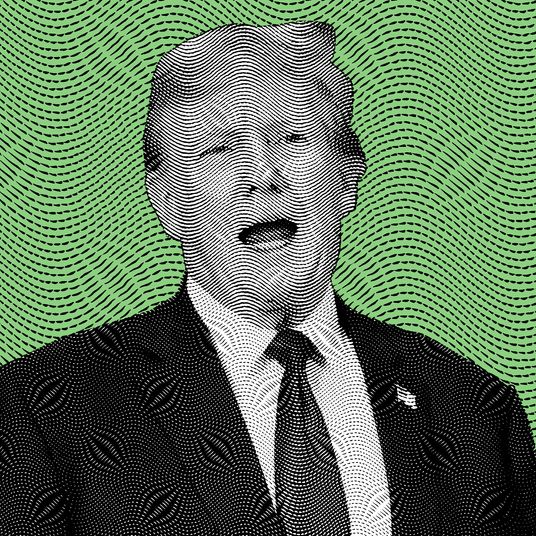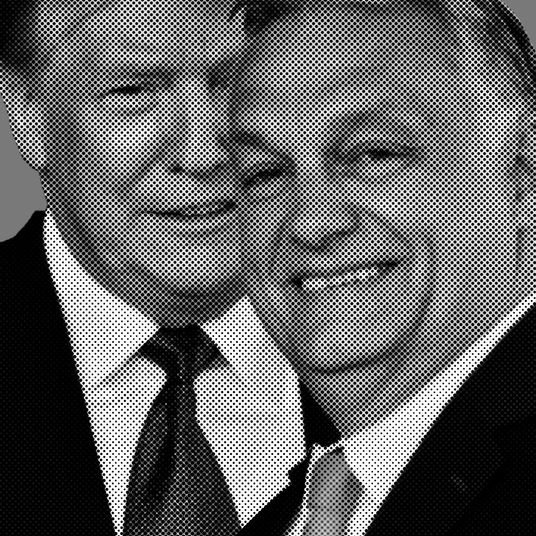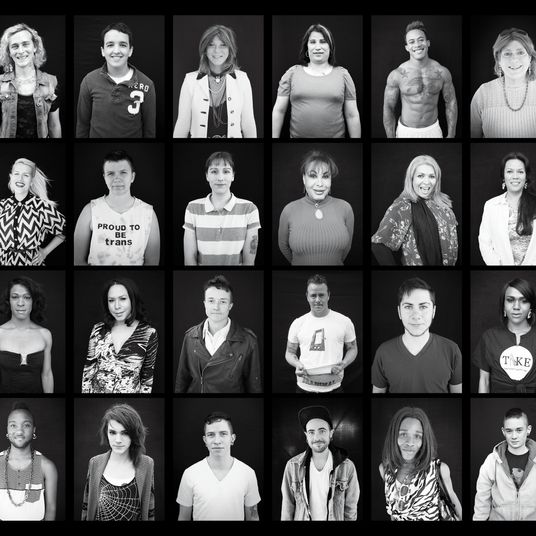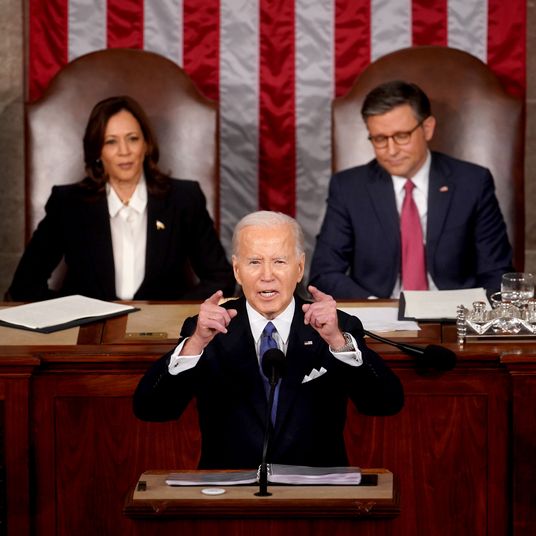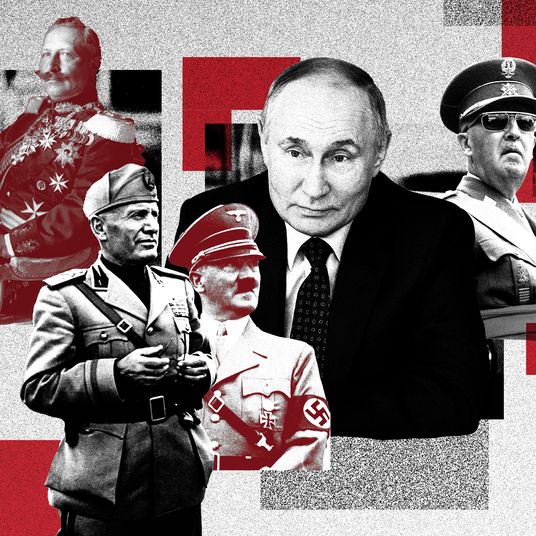Inflation isn’t going anywhere, as new numbers from the Bureau of Labor Statistics confirmed on Wednesday. I spoke with finance reporter Kevin T. Dugan about what the stark new numbers mean for consumers and the Federal Reserve’s tough path ahead.
Ben: Well, it’s another round of worse-than-expected inflation news. While overall inflation fell slightly from its peak last month, from 8.5 percent year-over-year to a still very high 8.3 percent, the drop was smaller than expected. And core inflation — an important measure that excludes groceries and gas prices — rose to 0.6 percent, also a worse number than had been forecast. This is a sign that price hikes for many goods are not slowing down, which could mean more market volatility and definitely means more general uncertainty. What’s your initial read on all this?
Kevin: My first read on this is that inflation is hardly easing up at all — not that anyone really expected it to. First, that slight dip to 8.3 percent is a little misleading. When we look at the inflation rate, it’s measured from a year ago. Last April was when we first started seeing prices rise. So even though the top-level rate is off a bit from last month, it’s still very high. The reality is that the measures the U.S. can take right now to curb inflation will take time to actually work, especially amid the war in Ukraine and China’s COVID-lockdown policy, which is disturbing the supply chain. What’s good, though, is that prices are starting to fall, even if it’s just slightly. Gas and energy prices — including what powers your car and heats your home — fell in April by 2.7 percent after shooting up 11 percent the month before. This isn’t really translating to cheaper prices at the pump, at least not yet. Gas-station prices, at least here in Brooklyn, aren’t really easing up in any meaningful way.
Ben: The measures you’re referring to — I assume you’re talking primarily about the Fed raising interest rates by a half point last week. Do you think this new report changes their thinking in terms of whether and/or when to raise them again?
Kevin: Yeah, the Fed has already acted more aggressively than it has in 20 years to try to keep inflation down. Not only have they hiked up interest rates by a half-point, they’re going to start dumping debt back into the market, eventually at a pace of $95 billion a month. This is new territory, so nobody knows what’s going to happen.
Fed chair Jerome Powell has been moving pretty deliberately. Under his most recent predecessors, the central bank would back off its plans to tighten the economy when the markets went haywire. Powell clearly doesn’t care about that. And to his credit, that’s what you want in a Fed chair — independence. Powell has noted that price increases keep getting absorbed by consumers, and he’s right that people’s spending habits aren’t really changing all that much, at least in a big-picture sense. But when the Fed hikes, it translates pretty clearly into mortgage rates, which are hovering around 5.5 percent, according to Bankrate.com. That’s hundreds of dollars more a month for new home buyers, which means less money that goes to groceries, gas, and whatever else. The rate of shelter price increases haven’t really changed yet, though, for renters or owners. Maybe that’s because of the bigger interest payments; maybe that’s because of landlords taking advantage of the market after the pandemic. My guess is that when the housing markets start cooling, that would be a sign that consumers just can’t take both the rise in prices and higher interest-rate payments, and they’ll start to back off.
Ben: There are now pretty widespread fears that the Fed’s belated attempts to address this may curb spending so much that unemployment rises rapidly and the country tips into recession, as happened when Paul Volcker pulled a similar move in the 1980s — which did end up working to tame inflation, but at great cost. As you said, Powell is a deliberate guy. But does the fact that inflation seems to be going nowhere make the overall economic outlook gloomier?
Kevin: Oh, absolutely. Look, nobody is cheering for the economy to turn and for people to start losing their jobs, but the end doesn’t appear to be in sight. The bond markets are predicting persistently higher inflation. The economy is slowing. While the overall jobs numbers are basically solid, big tech companies — a driver of more wealth creation than job creation — are starting to lay people off. We’re looking at a stagflation environment, which is just the worst of both worlds.
Ben: And yet, as you said, the job numbers are very strong and a large sector of the population (and many states) have more money than ever. A very strange mix of economic indicators, no?
Kevin: Yeah, it’s weird. But you can’t have $5 trillion in stimulus and then expect things not to get weird, right? And as I pointed out last week, the cracks are starting to show in the hiring picture, too, though it’s far too early to say whether that’s anything more than a blip.
But really, it’s more than just the pandemic-era stimulus that’s coming to an end. The U.S. economy had been pretty steady since climbing out of the Great Recession. Interest rates were super-low for a decade. Hiring was slow but steady. It was predictable, and money was easy to come by. Something bigger seems to have shifted. There are economists out there, like Zoltan Pozsar at Credit Suisse, who think that we’re now in an era of declining U.S.-dollar hegemony, that we’ll have to share power with countries like Russia and China that control the commodities. Larry Fink of BlackRock also thinks that the era of globalization is over. Maybe they’re right. Globalization, if you ask me, was always a polite word for Americanization. So maybe this is what it looks like when that stage of U.S. power slowly fades out of view.


